Schools of Anthias are one of the most vibrant sights on a coral reef and are highly desired in the marine aquarium....

Sustainable Aquariums: Eco-Friendly Practices for the Modern Hobbyist
The Importance of Sustainability in the Aquarium Industry
Welcome to the world of sustainable aquariums! As the demand for eco-friendly practices continues to grow, more and more hobbyists are turning their attention to sustainable aquarium setups. In this article, we will explore the importance of sustainability in the aquarium industry and provide you with practical ways to implement eco-friendly practices in your own aquarium.
With environmental concerns becoming increasingly prominent, it is crucial for aquarium enthusiasts to be mindful of their impact on the planet. Sustainable aquariums aim to achieve a balance between aesthetics and ecological responsibility. By adopting eco-friendly practices, hobbyists can contribute to the conservation of natural resources, protect aquatic ecosystems, and promote the welfare of their aquatic pets.
The aquarium industry, while providing joy and relaxation to millions of people worldwide, has historically been associated with some unsustainable practices. From the collection and transportation of wild-caught fish to the energy-intensive requirements of maintaining aquarium systems, the aquarium hobby has left a significant environmental footprint. However, the tide is turning, and more and more hobbyists are recognizing the importance of sustainable practices in their aquarium setups. By embracing eco-friendly solutions, we can collectively work towards a greener future for the aquarium hobby.
Understanding Eco-Friendly Practices for Aquariums
In the world of aquarium keeping, eco-friendly practices encompass a wide range of strategies and techniques that aim to minimize the environmental impact of our aquarium setups. These practices not only benefit the planet but also contribute to the long-term health and well-being of our aquatic pets.
At the core of sustainable aquarium practices is the concept of closed-loop systems, where the aquarium functions as a self-sustaining ecosystem. This involves carefully balancing the input of resources, such as water and nutrients, with the output of waste and byproducts. By mimicking natural processes, eco-friendly aquarium setups can reduce the need for frequent water changes, energy-intensive equipment, and the consumption of non-renewable resources.
Another key aspect of sustainable aquariums is the responsible sourcing of livestock and aquarium materials. This includes prioritizing captive-bred or sustainably-harvested fish, as well as choosing eco-friendly tank components and decor. By making informed choices, hobbyists can support conservation efforts and minimize the negative impact on fragile aquatic ecosystems.
Benefits of Sustainable Aquarium Practices
Adopting eco-friendly practices in your aquarium setup can bring about a multitude of benefits, both for the environment and for the long-term enjoyment of your aquarium hobby.
One of the primary benefits of sustainable aquariums is their positive impact on the environment. By reducing the consumption of resources, minimizing waste, and supporting conservation efforts, hobbyists can contribute to the preservation of natural habitats and the protection of aquatic species. This not only benefits the local ecosystems but also has far-reaching implications for the global environment.
In addition to the environmental benefits, sustainable aquarium practices can also enhance the overall health and well-being of your aquatic pets. By providing a stable, nutrient-rich, and energy-efficient environment, you can create a thriving ecosystem that supports the natural behaviors and needs of your fish, invertebrates, and plants. This can lead to increased longevity, vibrant coloration, and a more natural display of your aquarium's inhabitants.
Furthermore, sustainable aquarium practices can also benefit the hobbyist themselves. By implementing eco-friendly solutions, you can reduce the ongoing costs associated with maintaining your aquarium, such as energy bills and water consumption. Additionally, the sense of accomplishment and environmental stewardship that comes with maintaining a sustainable aquarium can be deeply rewarding and contribute to a greater sense of purpose in the hobby.
Choosing Eco-Friendly Materials for Your Aquarium
When it comes to building a sustainable aquarium, the choice of materials plays a crucial role. Selecting eco-friendly components not only reduces the environmental impact of your setup but also ensures the long-term health and well-being of your aquatic inhabitants.
One of the most important considerations is the tank material itself. Traditionally, glass and acrylic have been the go-to choices for aquarium enthusiasts. However, in recent years, more sustainable options have emerged, such as tempered glass and eco-friendly acrylic blends. These materials are not only durable and long-lasting but also have a lower carbon footprint compared to traditional manufacturing processes.
Beyond the tank, the choice of decor and substrate can also contribute to the overall sustainability of your aquarium. Opt for natural, biodegradable materials like river rocks, driftwood, and live plants, which not only enhance the aesthetic appeal of your setup but also provide valuable habitat and filtration benefits. Avoid synthetic or non-recyclable decorations that can release harmful chemicals or microplastics into the water.
When it comes to equipment, look for energy-efficient options that minimize power consumption and reduce your aquarium's carbon footprint. This includes LED lighting systems, high-performance filters, and pumps designed with energy-saving features. By making informed choices about your aquarium components, you can create a sustainable setup that is both visually stunning and environmentally responsible.
Energy-Efficient Lighting Options for Aquariums
Lighting is a crucial component of any aquarium setup, playing a vital role in the health and growth of aquatic plants and the overall aesthetic of the display. However, traditional aquarium lighting solutions can be energy-intensive, contributing significantly to the environmental impact of your setup. Fortunately, there are several eco-friendly lighting options available that can help reduce your aquarium's energy consumption and carbon footprint.
One of the most popular and energy-efficient lighting choices for aquariums is LED (Light-Emitting Diode) technology. LED lights are known for their exceptional energy efficiency, long lifespan, and versatility in terms of color spectrum and intensity. These advanced lighting systems can provide the necessary illumination for your aquarium while consuming a fraction of the energy required by traditional incandescent or fluorescent bulbs.
Another eco-friendly option to consider is solar-powered aquarium lighting. By harnessing the power of the sun, these systems can generate the necessary illumination for your aquarium without relying on the grid. Solar-powered lighting not only reduces your energy usage but also eliminates the need for electrical cords and outlets, further enhancing the sustainability of your setup.
For aquarium hobbyists seeking a more natural approach, natural daylight can be an excellent sustainable lighting solution. By strategically placing your aquarium near a window or incorporating skylights, you can leverage the sun's natural illumination to create a thriving, energy-efficient aquatic ecosystem. This approach not only reduces your energy consumption but also provides your aquatic inhabitants with a more natural light cycle, mimicking their natural habitat.
Water Conservation in Aquariums
Water is a precious resource, and the aquarium hobby has traditionally been associated with high water consumption. However, by implementing eco-friendly water management practices, aquarium enthusiasts can significantly reduce their water usage and contribute to the conservation of this valuable resource.
One of the key strategies for water conservation in aquariums is the implementation of closed-loop or recirculating systems. These systems minimize the need for frequent water changes by continuously filtering, purifying, and recirculating the water within the aquarium. This not only reduces the amount of freshwater required but also helps to maintain a stable and balanced ecosystem, promoting the health and well-being of your aquatic inhabitants.
Another effective water conservation technique is the use of water-efficient filtration systems. Opting for high-performance filters that utilize advanced technologies, such as reverse osmosis or ultraviolet sterilization, can significantly reduce the amount of water required for maintenance. These systems effectively remove contaminants and waste, allowing for a more efficient use of the available water resources.
Additionally, hobbyists can explore the use of water-saving devices, such as automatic top-off systems and water-monitoring technologies. These tools can help to automate and optimize the water management process, ensuring that only the necessary amount of water is used to maintain the aquarium's optimal conditions.
Eco-Friendly Filtration Systems for Aquariums
Filtration is a critical component of any aquarium setup, responsible for maintaining water quality and creating a healthy environment for your aquatic inhabitants. When it comes to sustainable aquarium practices, the choice of filtration system plays a crucial role in reducing the environmental impact of your setup.
One eco-friendly filtration option to consider is the use of biological filtration. This approach relies on the natural processes of nitrifying bacteria to break down waste and maintain a balanced nitrogen cycle within the aquarium. By harnessing the power of these beneficial microorganisms, biological filtration systems can effectively clean the water while minimizing the need for energy-intensive mechanical filters or chemical additives.
Another sustainable filtration solution is the implementation of planted aquarium setups. In these systems, live aquatic plants act as natural filters, absorbing excess nutrients and converting them into biomass. This not only enhances the visual appeal of your aquarium but also reduces the reliance on artificial filtration, creating a more self-sustaining ecosystem.
For aquarium hobbyists seeking an even more eco-friendly approach, the use of sump-based filtration systems can be a game-changer. These systems, which utilize a separate, external tank to house the filtration components, allow for a higher degree of customization and optimization. By incorporating specialized media, such as protein skimmers, mechanical filters, and biological filtration, sump-based systems can provide superior water quality while minimizing energy consumption and waste.
Responsible Fishkeeping and Sustainable Sourcing
Responsible fishkeeping is a crucial aspect of sustainable aquarium practices. As aquarium enthusiasts, we have a responsibility to ensure the well-being of the aquatic creatures in our care and to support conservation efforts that protect vulnerable species and their natural habitats.
One of the most important steps in responsible fishkeeping is the prioritization of captive-bred or sustainably-sourced livestock. Avoiding the collection of wild-caught fish, which can contribute to the depletion of natural populations, is a fundamental principle of sustainable aquariums. Instead, seek out reputable breeders and suppliers who prioritize ethical and eco-friendly practices in their operations.
In addition to the source of your aquatic livestock, it is also essential to consider the compatibility and suitability of the species you choose to house in your aquarium. Selecting fish, invertebrates, and plants that are well-suited to the specific conditions of your setup can help ensure their long-term health and minimize the need for interventions or adjustments that may have a negative environmental impact.
Furthermore, responsible fishkeeping involves the proper maintenance and care of your aquatic inhabitants. This includes providing them with the appropriate water parameters, nutrition, and environmental enrichment to support their natural behaviors and overall well-being. By prioritizing the welfare of your aquatic pets, you can create a thriving and sustainable aquarium ecosystem.
Tips for Maintaining a Sustainable Aquarium
Maintaining a sustainable aquarium requires a holistic approach that considers every aspect of your setup, from the initial design to the ongoing care and maintenance. Here are some practical tips to help you create and maintain an eco-friendly aquarium:
-
Start with a well-planned aquarium design: Carefully consider the size, layout, and components of your aquarium to ensure efficient resource use and a balanced ecosystem.
-
Prioritize energy-efficient equipment: Choose LED lighting, high-performance filters, and pumps that are designed with energy-saving features.
-
Incorporate live plants: Aquatic plants not only enhance the aesthetic appeal of your aquarium but also play a crucial role in natural filtration and nutrient cycling.
-
Implement water-saving techniques: Utilize closed-loop systems, water-efficient filters, and automated top-off systems to minimize water consumption.
-
Practice responsible fishkeeping: Source your livestock from reputable, sustainable suppliers and ensure the compatibility and well-being of your aquatic inhabitants.
-
Regularly maintain and monitor your aquarium: Perform routine maintenance tasks, such as water changes and filter cleaning, to keep your system running efficiently.
-
Educate yourself and share your knowledge: Stay informed about the latest sustainable aquarium practices and share your experiences with the wider aquarium community.
-
Continuously improve and adapt: As new eco-friendly technologies and techniques emerge, be open to incorporating them into your aquarium setup to enhance its sustainability.
By following these tips and embracing a holistic approach to sustainable aquarium practices, you can create a thriving, eco-friendly aquarium that not only brings joy to you but also contributes to the preservation of our natural aquatic environments.
Conclusion: Creating a Greener Future for the Aquarium Hobby
<span xml:lang="en-us" lang="en-us" class="TextRun SCXW236402870 BCX8" style="margin:0px;padding:0px;font-size:12pt;line-height:22.0083px;font-fami

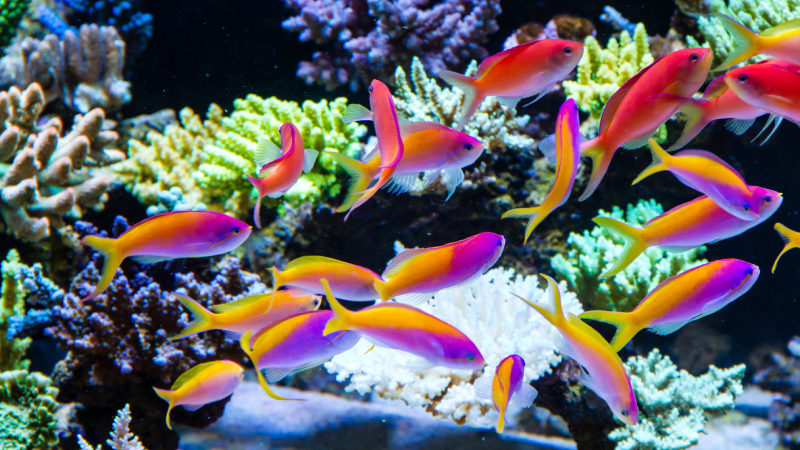
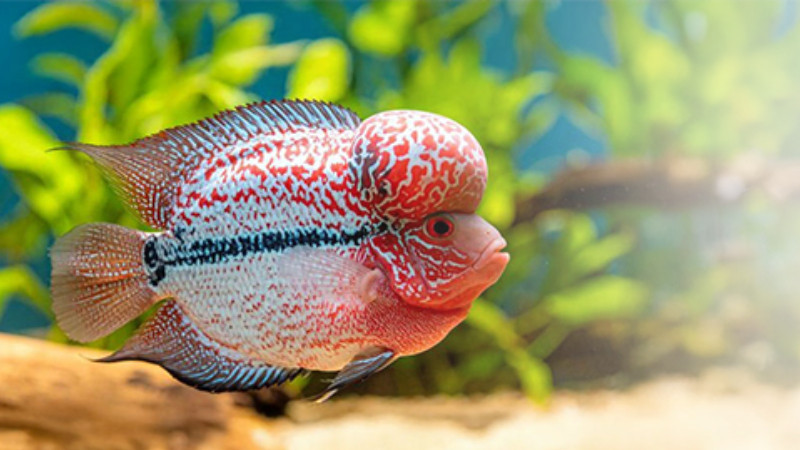
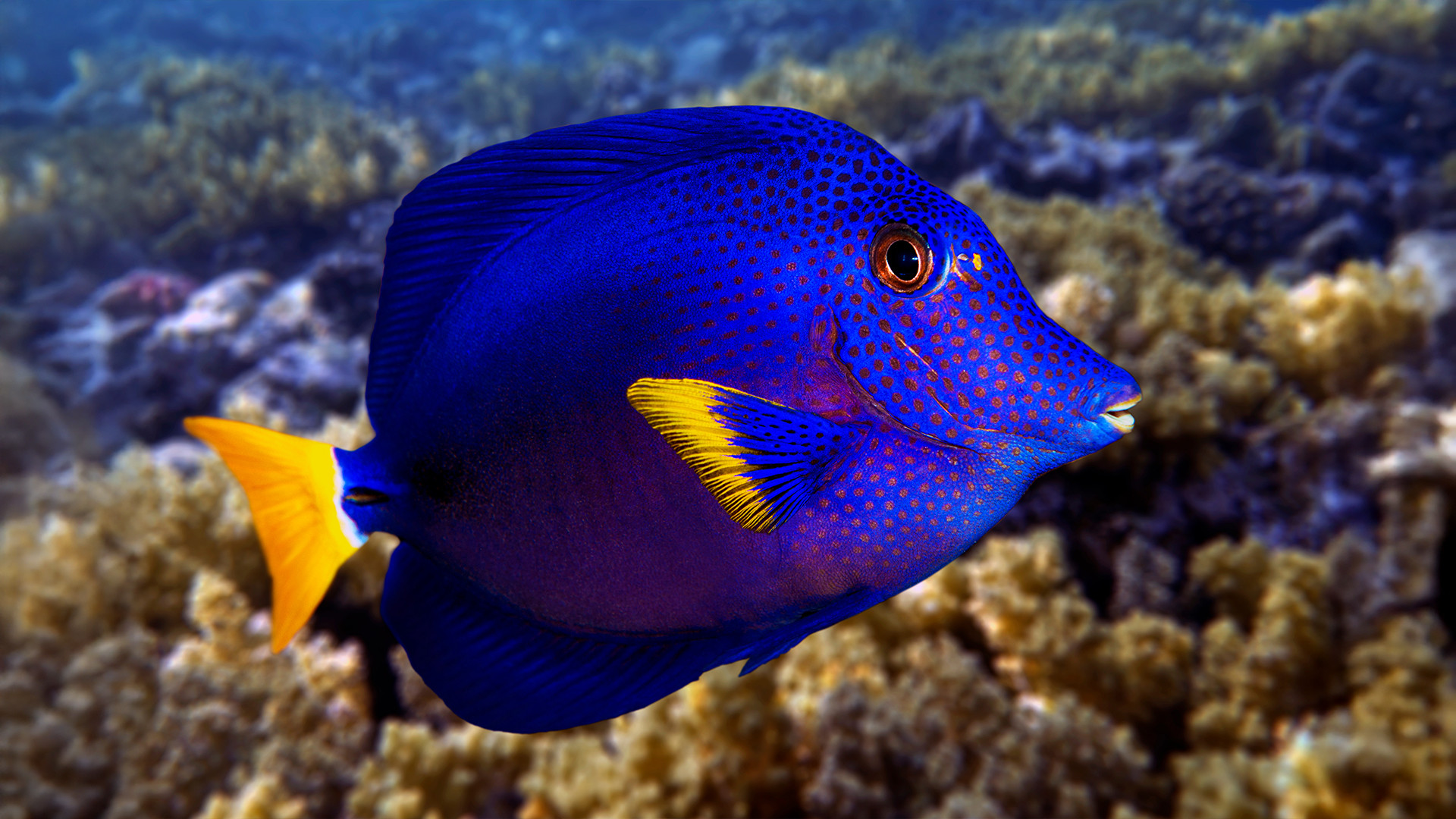

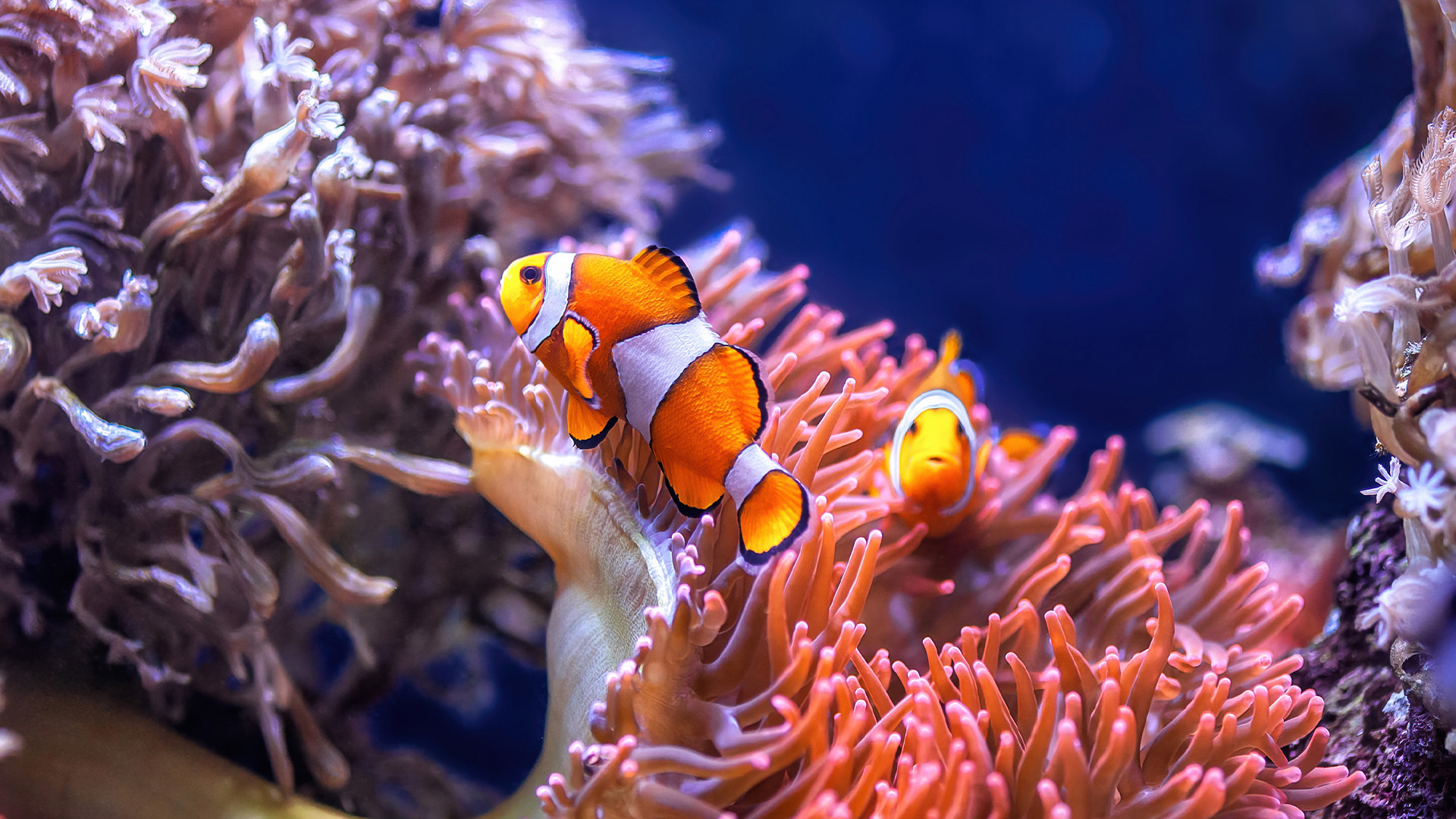
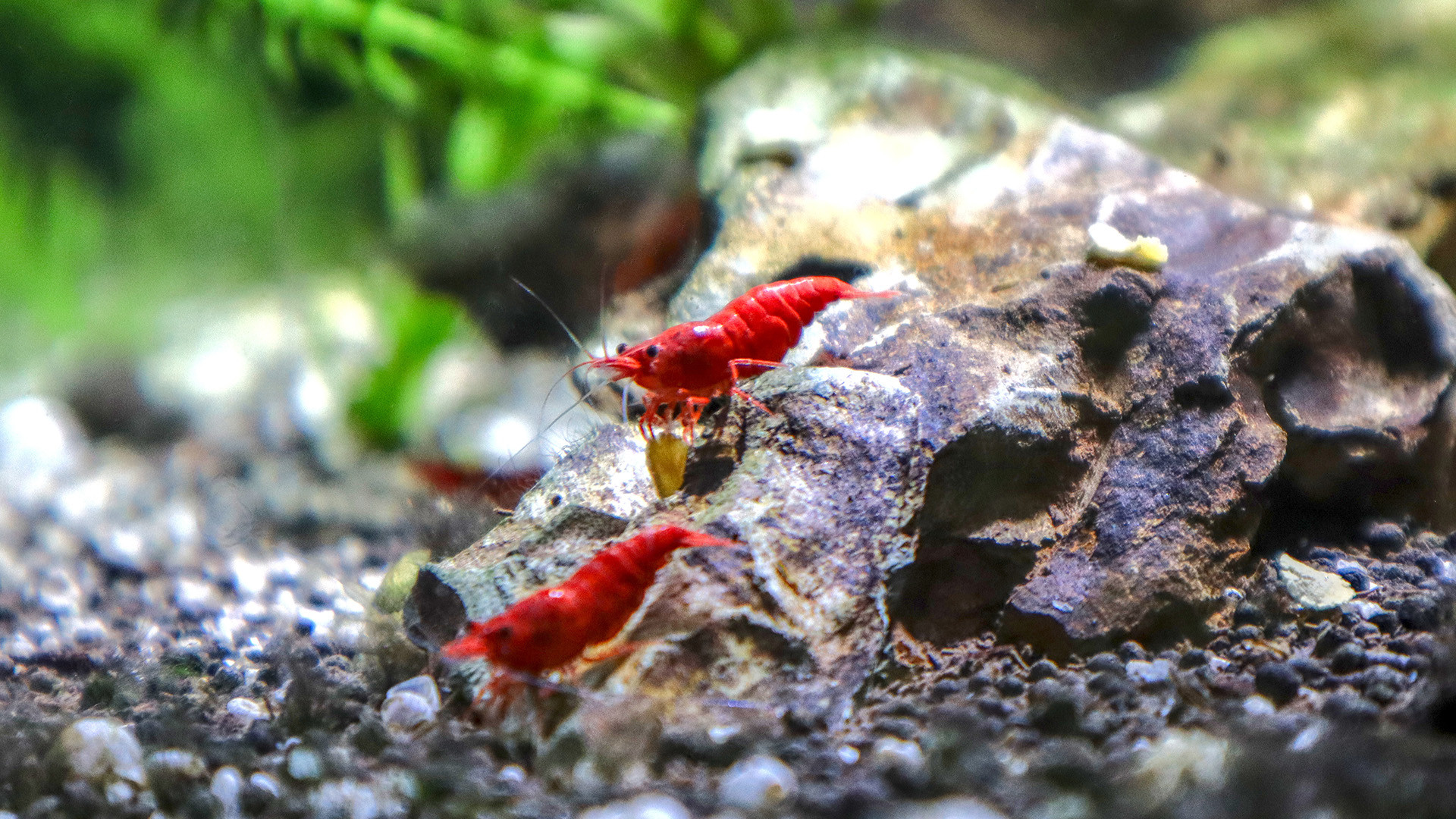
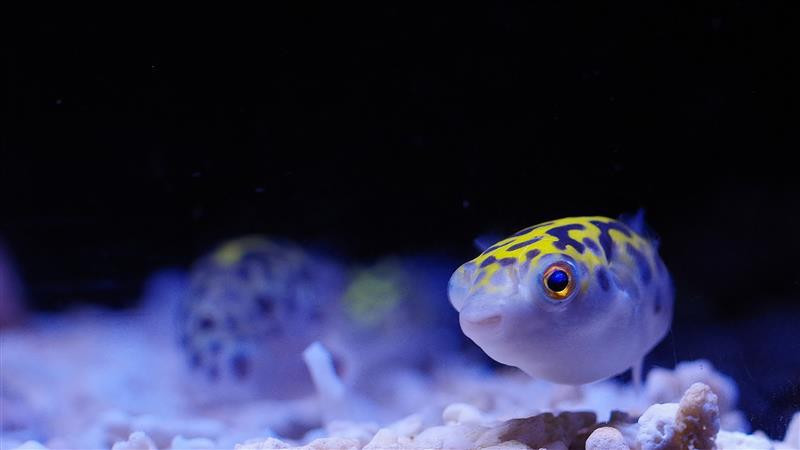
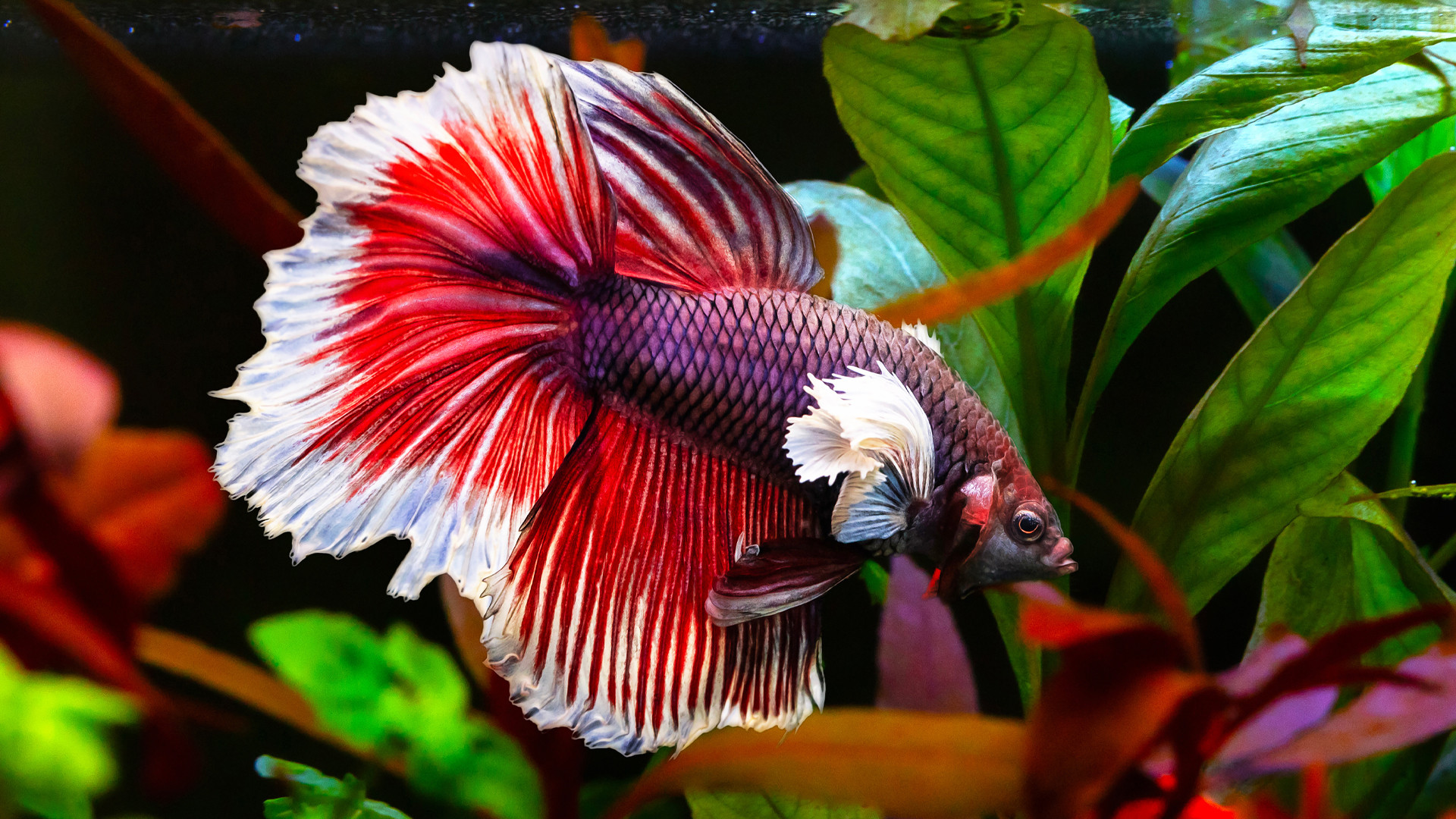
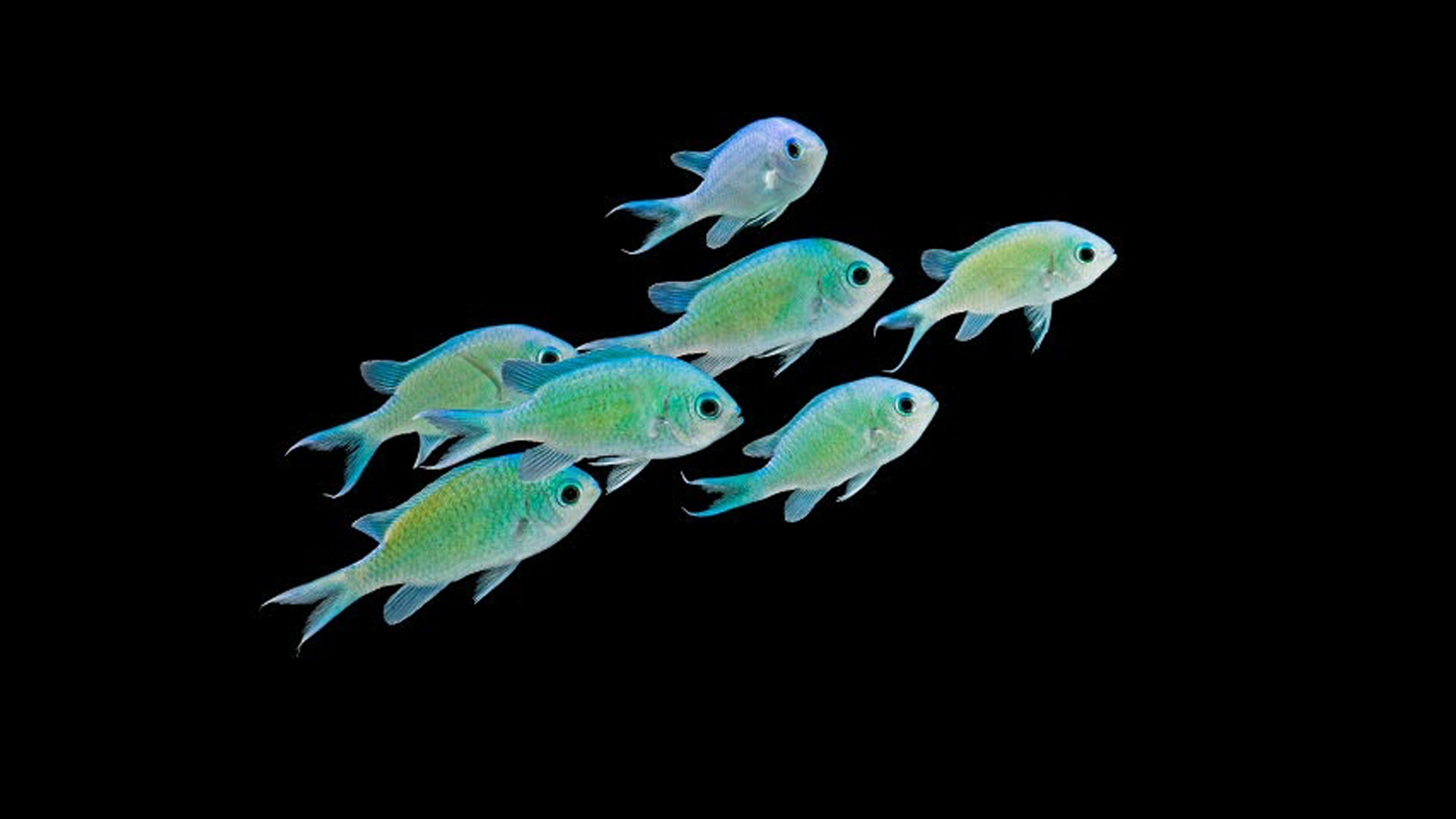
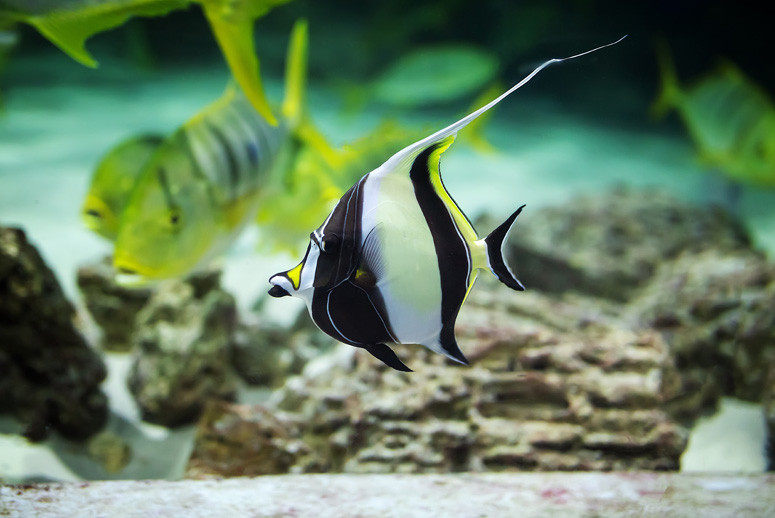
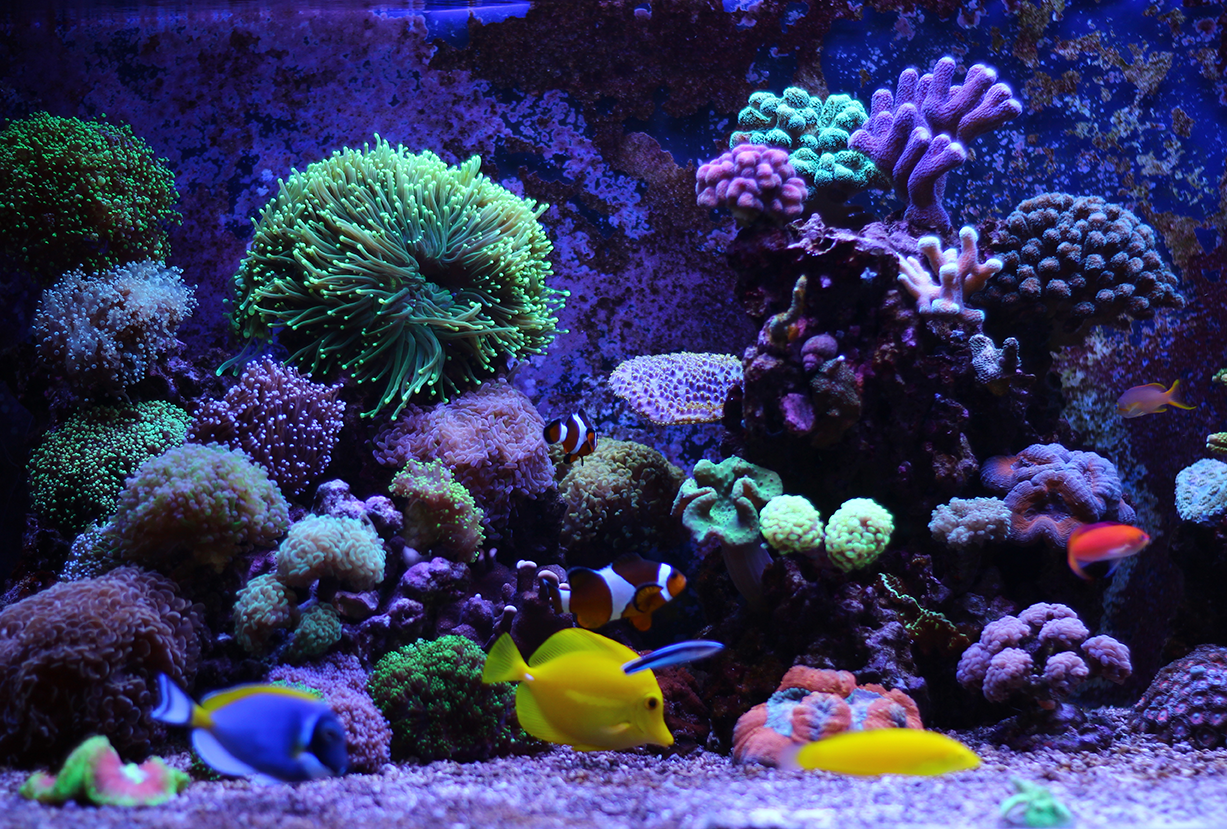
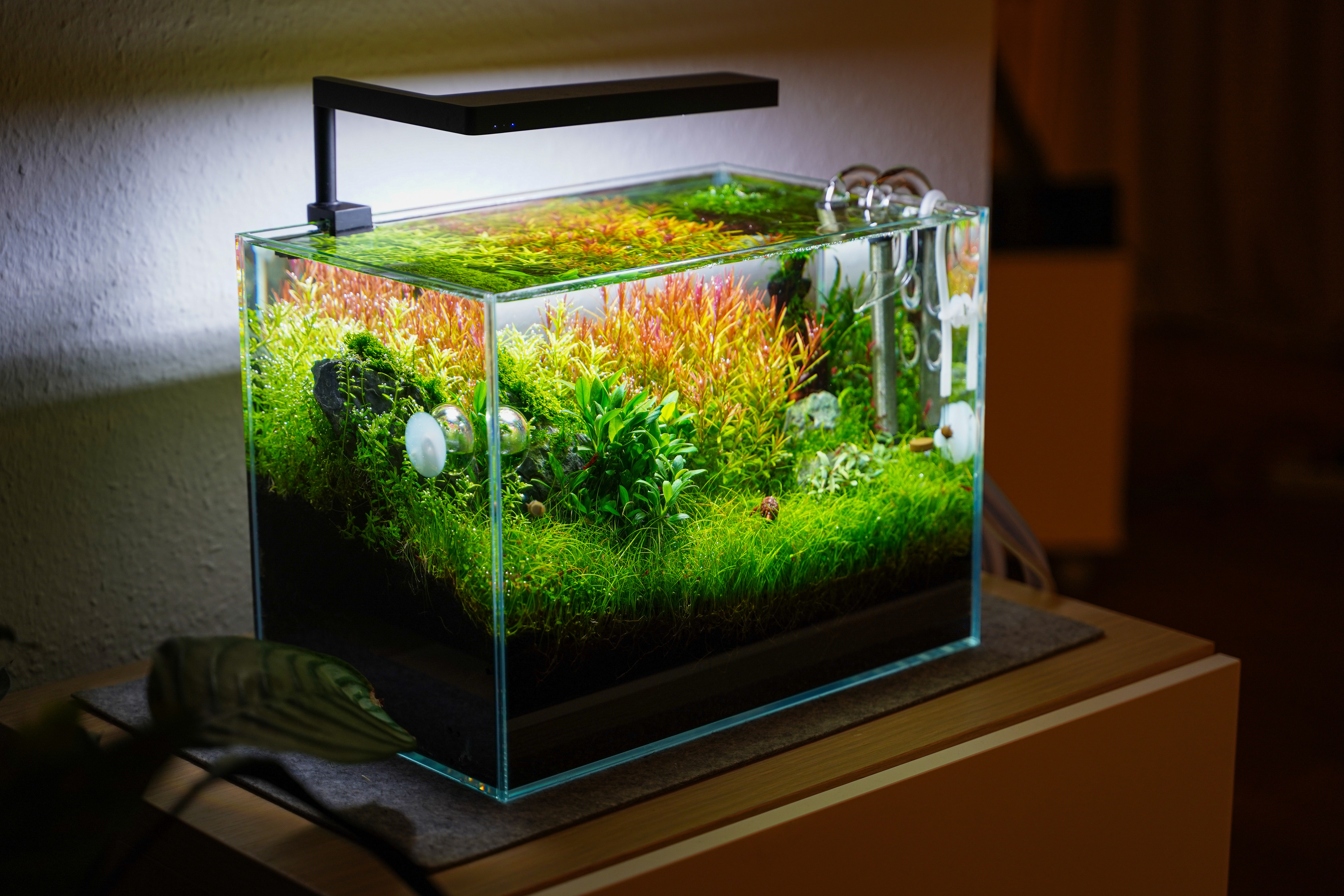
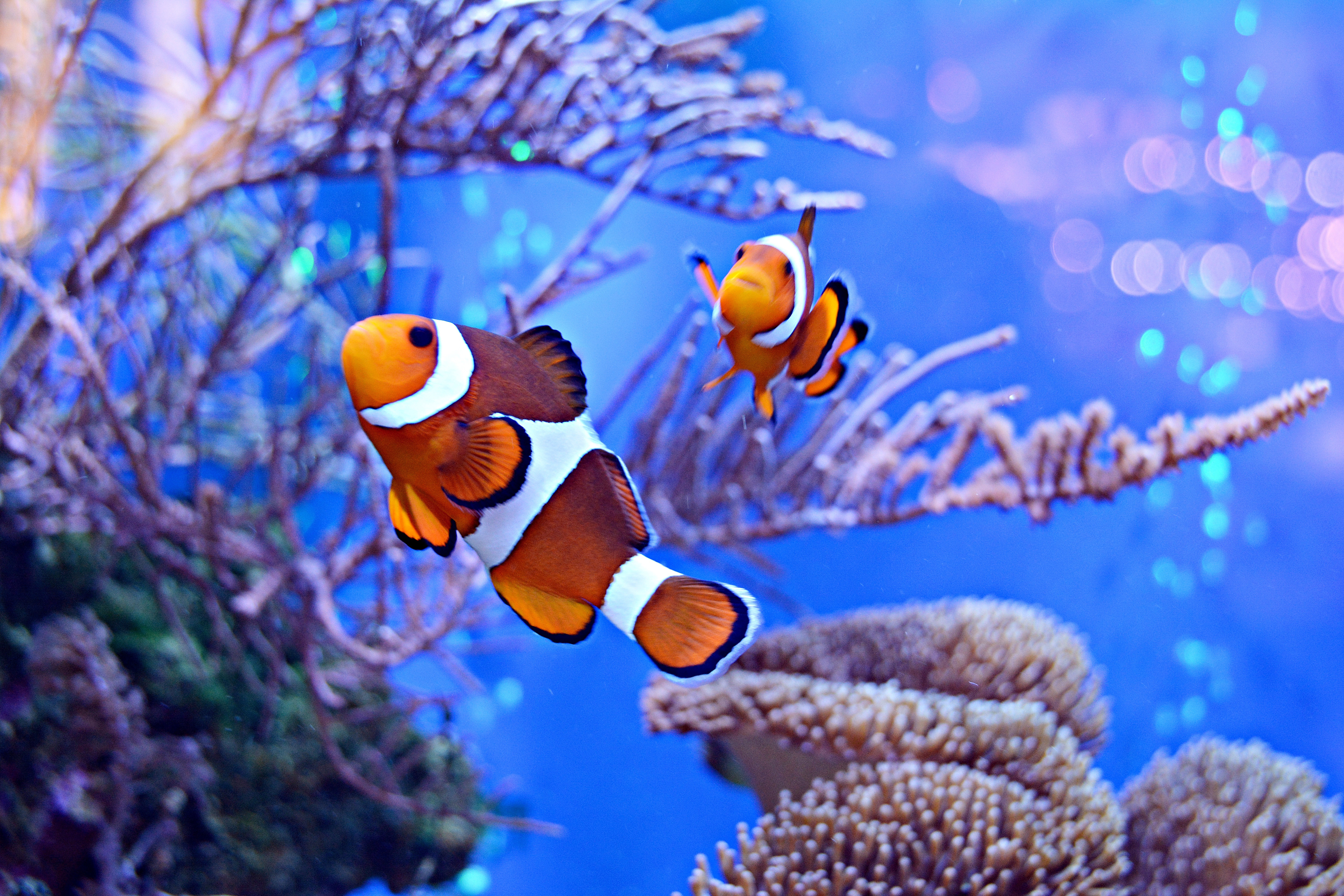
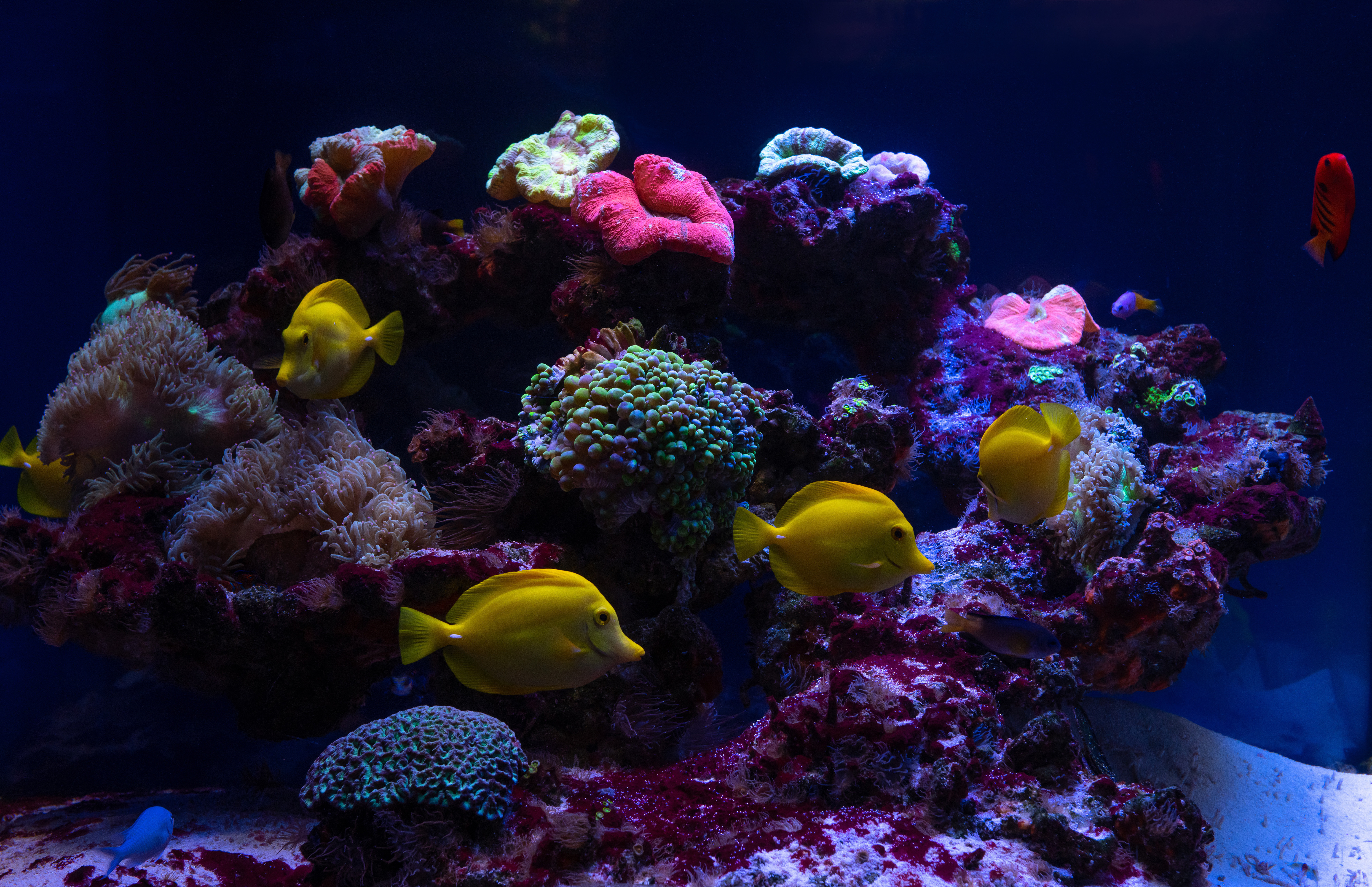
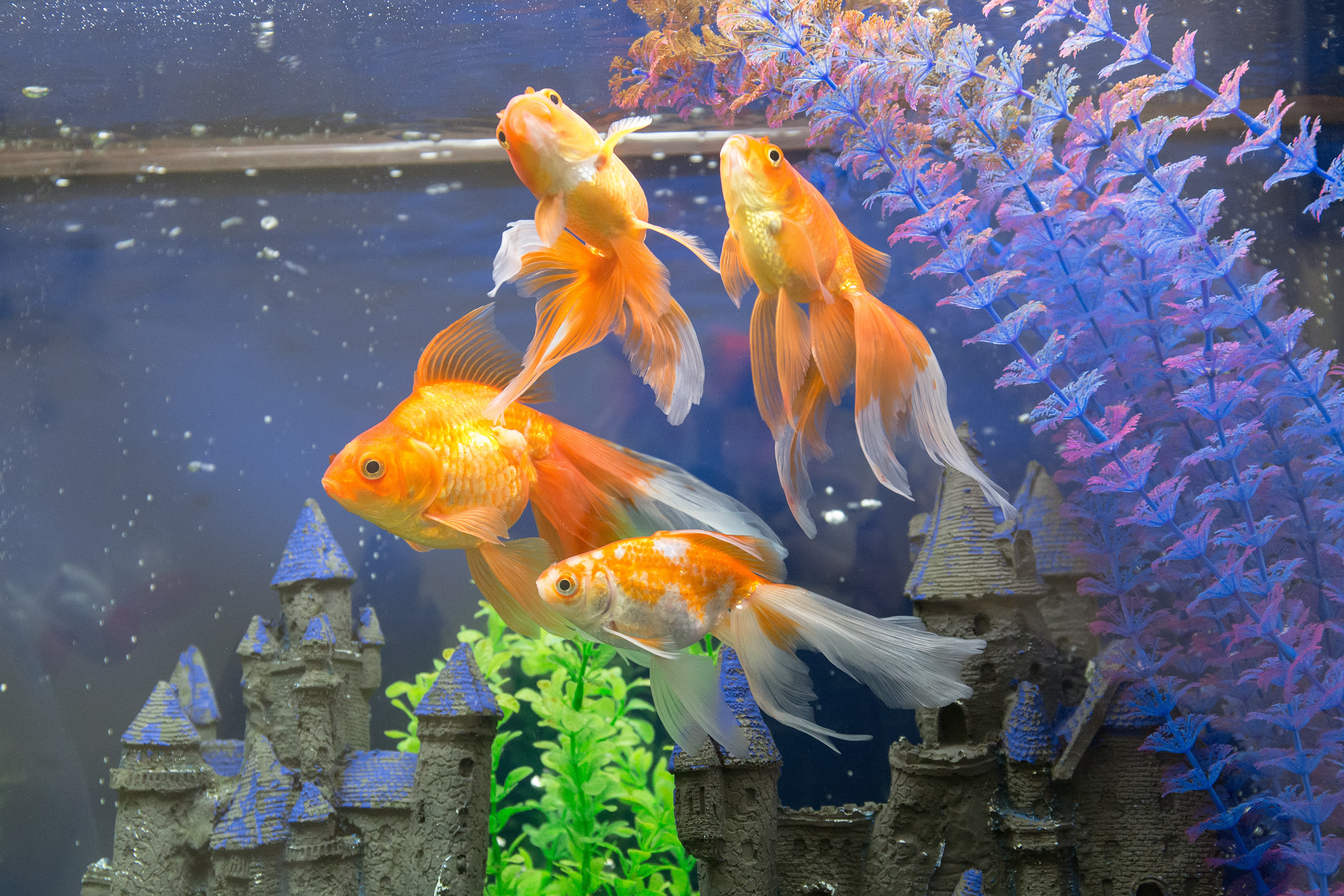
Leave a comment